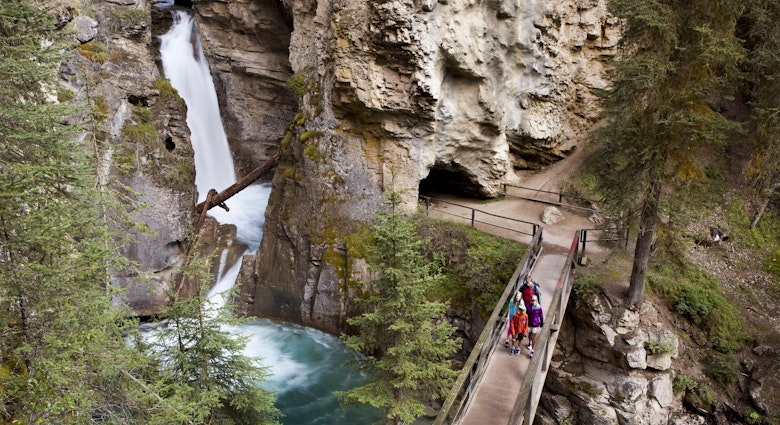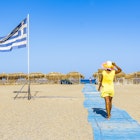So you’re planning to hit the Greek Islands but aren’t entirely sure where to go. Perhaps you’re looking to discover the ‘best’ tiny beach cove in the Cyclades, or uncover archaeological treasures in the Dodecanese. And of course, wherever you go, you intend to gorge yourself on authentic local dishes and breathe in the aromas of wild herbs. The beauty of any Greek Island group is that you really can have it all in one visit: two entirely different experiences within a short ferry-hopping distance. The following island combinations not only allow you to ferry from one island to another in a couple of hours, but give you intoxicatingly different travel experiences at both.
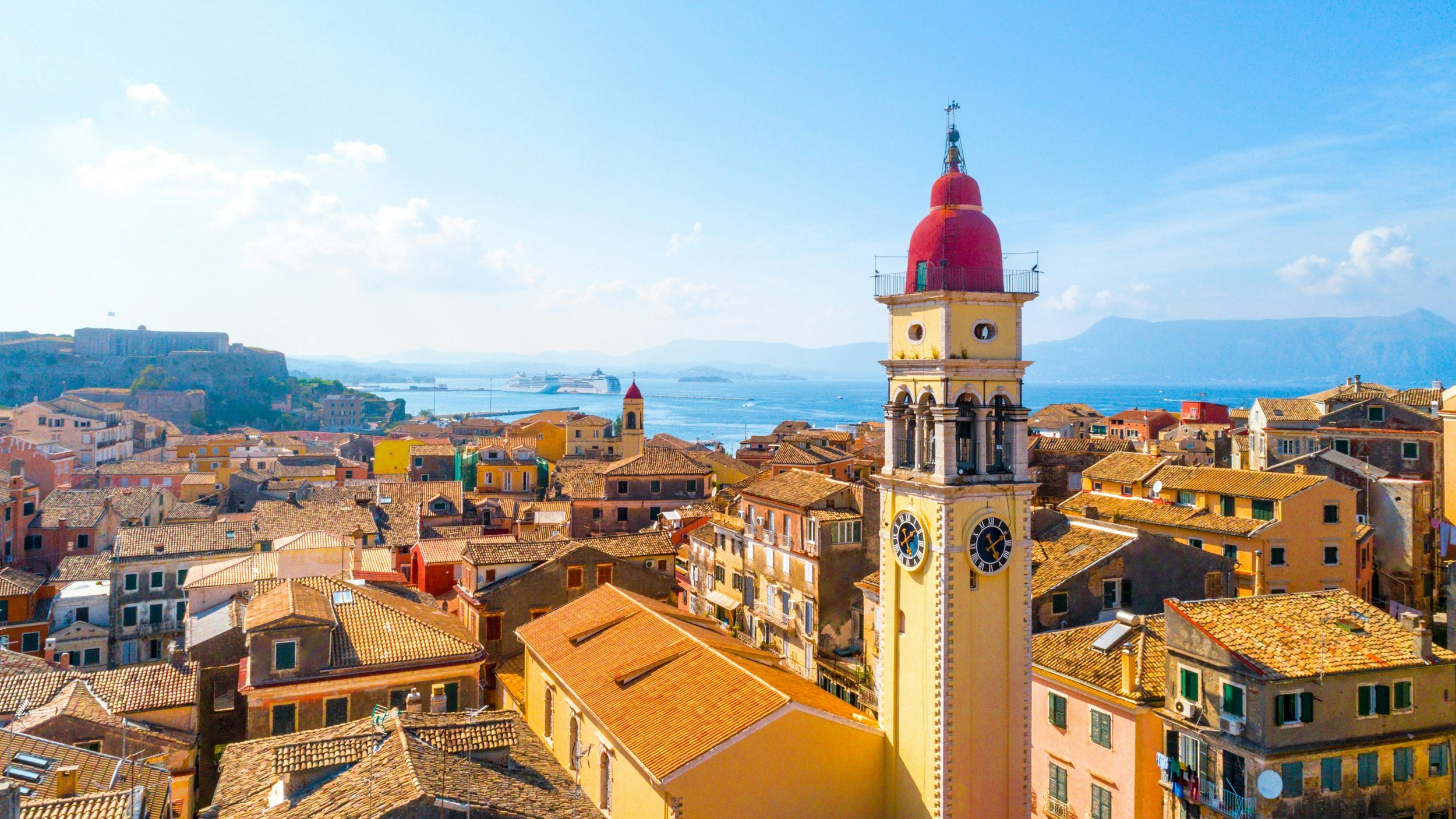
Ionians: Corfu and Paxi
The largest of the Ionian Islands, Corfu has it all: beaches, culture, food and action. Your first stop, Corfu Town, the island’s elegant capital, oozes charm. Get lost in its quaint pedestrian alleys that are lined with Venetian-style mansions, and emerge at the beautiful Liston Arcade. Watch the action along this busy promenade and then visit the must-see sights: the Corfu Museum of Asian Art and the Palaio Frourio.
Then, catch a local bus and beach hop your way around the tiny coves of the west coast. Paleokastritsa, a tiny beach where Odysseus mythically washed ashore, has a gorgeous approach, through cypress and olive groves. The east coast is a line of picturesque bays and cliffside vistas. At Kalami, enjoy lunch at the White House, a delightful waterfront restaurant with a vine-shaded terrace in the former home of writer Lawrence Durrell. Don’t miss the Achilleion Palace, 12km south of Corfu Town. Built in the 1890s for Austria’s empress Elisabeth, this summer palace has stunning garden terraces.

From Corfu Town, board a hydrofoil for the easy one-hour ride to Paxi, a tiny island measuring only 13km by 3km that offers a go-slow change from Corfu's faster pace. A visit here is about experiencing the vibe of yesteryear (albeit with luxurious and modern accommodation and restaurants). Teal waters, neoclassical villas, beautiful quays and olive groves are the main features. Have a meal at one of the waterside tavernas in any of three gorgeous port villages, Gaïos, Lakka or Loggos, and spend your days following the old stone walls within olive groves along old mule trails. Beaches here tend to be small pebble coves, although there are exceptions: jump on a boat to the tiny island of Antipaxi, where sandy Vrika Beach provides great opportunities for a plunge in crystal clear waters.
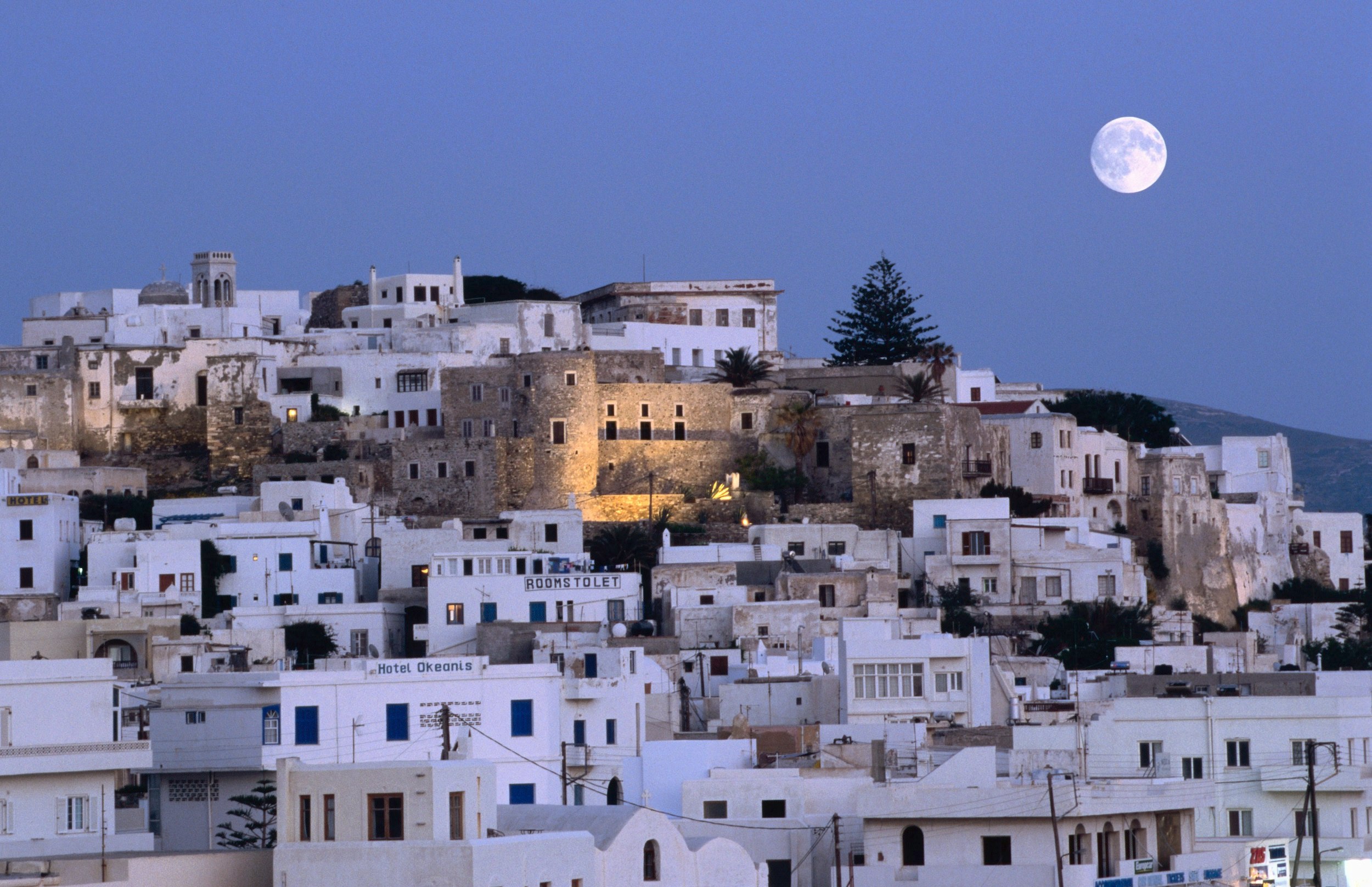
Cyclades: Naxos and Koufonisia
The largest of the Cycladic chain, Naxos is an unpretentious spot. It attracts everyone from families to mature travellers to laze on great beaches, climb mountains and explore archaeological sites. Unlike other islands, Naxos has a working feel; its agricultural roots are reflected in its striking green interiors. You’ll pull into port at the beautiful Venetian capital, Hora (also called Naxos), an extraordinary web of alleys, lined with tourist shops and cafes and a hilltop kastro (castle). Go to Doukato to try Naxian specialty gouna, sun dried mackerel. Hit the west coast to windsurf, poke your head into the tiny inland Byzantine churches and wander through the quaint village of Halki in the Tragaea mountains.
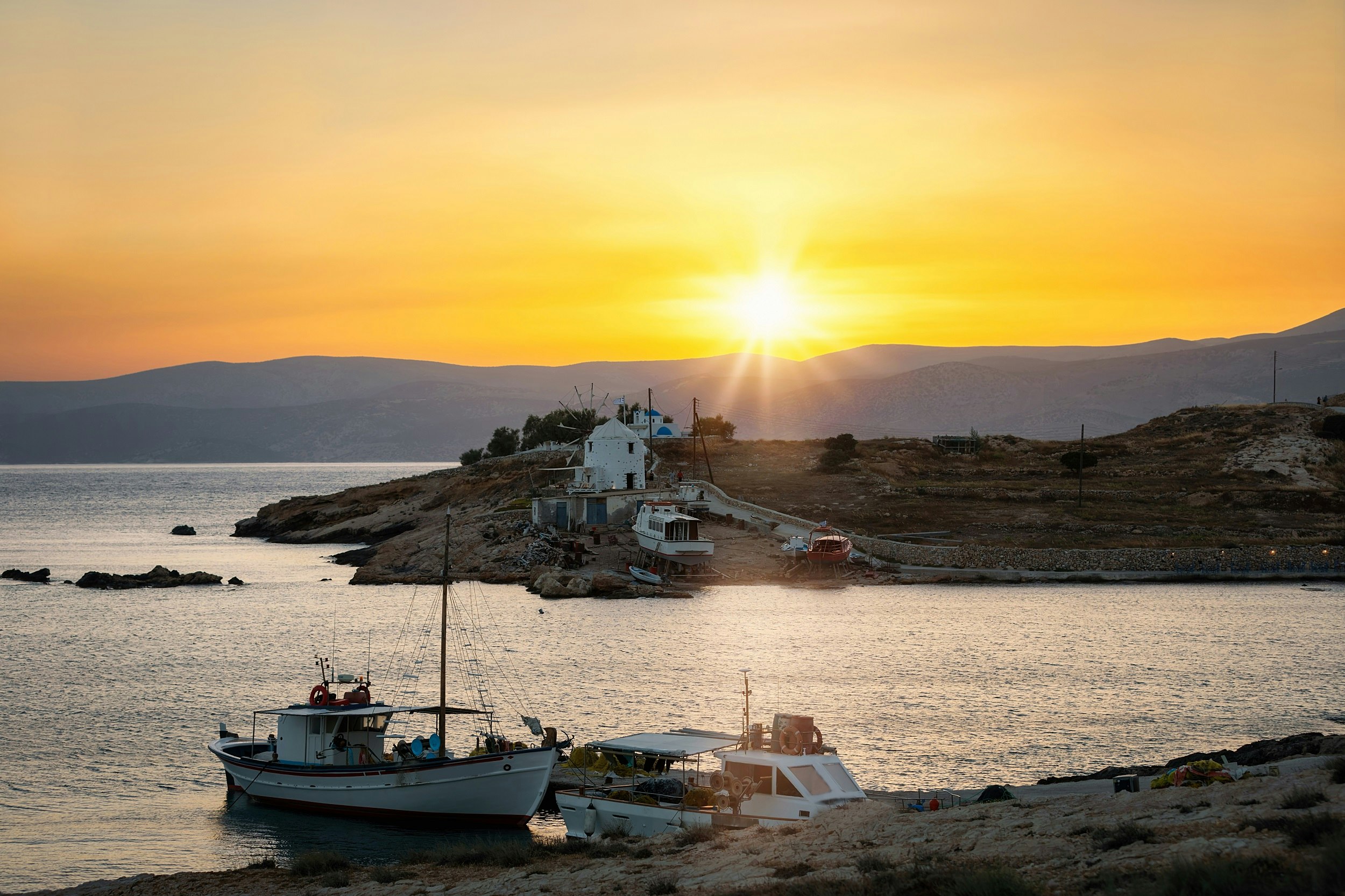
From Naxos to Koufonisia, it’s a mere 50-minute boat trip. While Naxos is non-fuss and kid-friendly fun, Koufonisia draws a supremely fashionable crowd: expect cosmopolitan restaurants and bars rather than traditional tavernas. Pori Beach is the best spot for a swim, or flaunt your nudist side further east beyond Finikas and Fanos beaches.
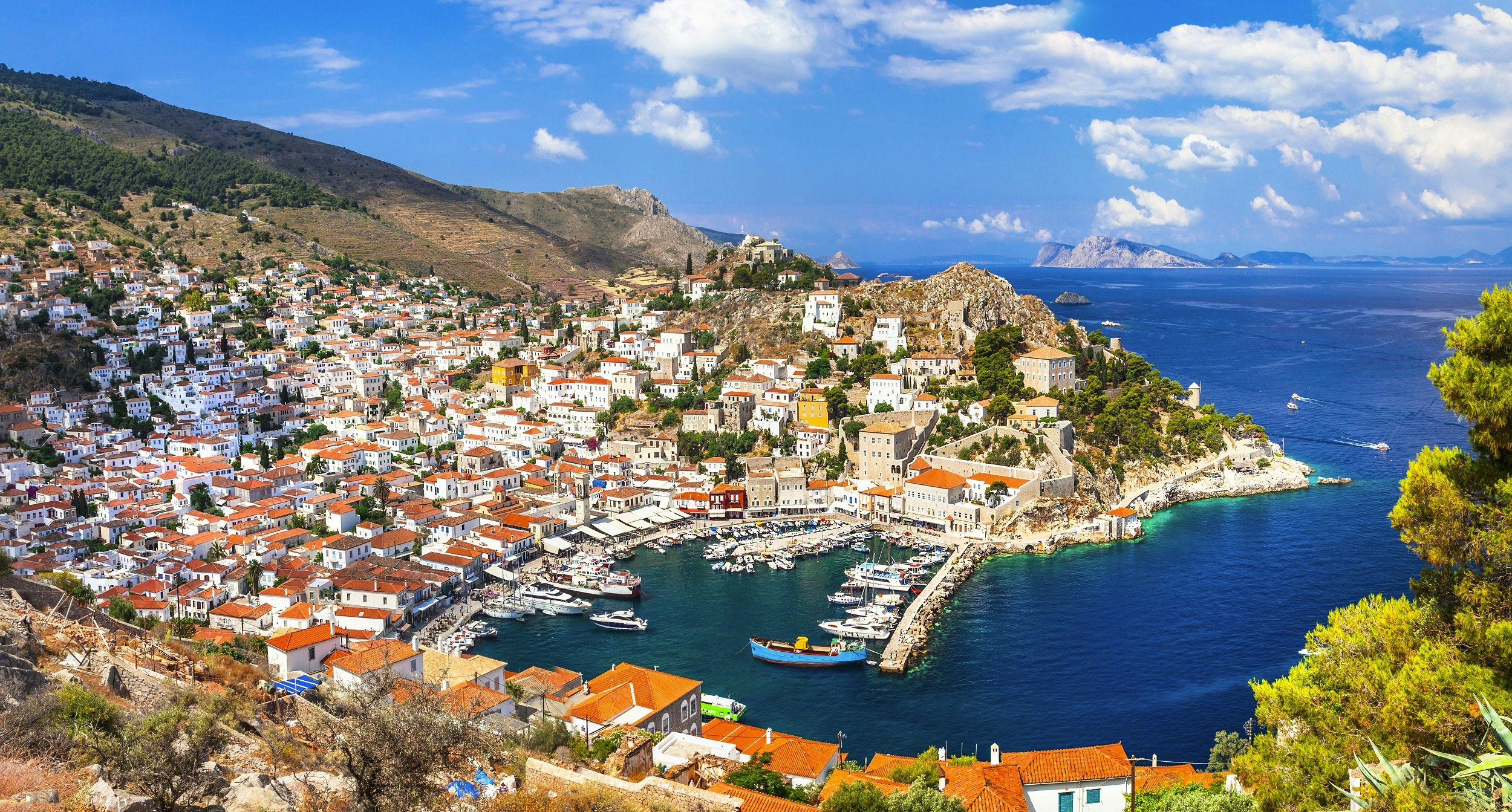
Saronic: Hydra and Spetses
The gorgeous (if arid) island of Hydra is famous for many things: its beautiful Venetian-style architecture, the fact that it has no cars, and for its resident artists, actors and bohemian types. You need to do nothing more than to sit at a harbourside cafe to enjoy the charms: locals going about their daily business, tour touts and mules (these are used to transport people and baggage). To give your backside a different kind of workout, mount a horse and tour the monasteries and beaches of the island. For watery adventures, rent a speedboat or boat ride or stretch your legs on some of the mule trails that criss-cross the island. For a taste of culture, visit the Lazaros Koundouriotis Historical Mansion and the island’s 17th-century cathedral.

Arriving in Spetses, a 40-minute high-speed ferry trip, you’ll immediately spot the most obvious difference from Hydra: the lush foliage of pine forests cover its rolling hills. There’s only one main road that rings the island so jump aboard a scooter or bike and explore the stunning coastline and coves. Wander through Bouboulina’s Museum to understand the seagoing history and the captains’ mansions, legacies of the island’s rich naval history and shipbuilding background. Or jump aboard a local bus to catch some sun at the island’s beaches: Ayios Mamas, Ayia Paraskevi and Vrelos.

Dodecanese: Rhodes and Kastellorizo
The largest of the Dodecanese, Rhodes has everything: beaches, historical sites and nightlife. Rhodes’ Old Town is an extraordinary blend of Byzantine, Turkish and Italian architecture. It’s also a magnet for ferry goers and a ‘fun hub’ for all. Here you can opt for everything from budget hotels to boutique digs, chain eateries to gourmet seafood, tranquil parks to late-night bars. Once you’ve ticked off the Old Towns’ cultural highlights – the Archaeological Museum, Street of the Knights and Palace of the Grand Master – jump on a local bus to the pretty village of Lindos. Then catch some rays on Pefki and Glystra Beaches, or the stretch of pebbles and sand dunes from Gennadi to Plimmyri. Kitesurfers can jump waves on the windier Western Rhodes, while lovers of the outdoors can breathe in the scent of pine and visit castle ruins slightly inland.
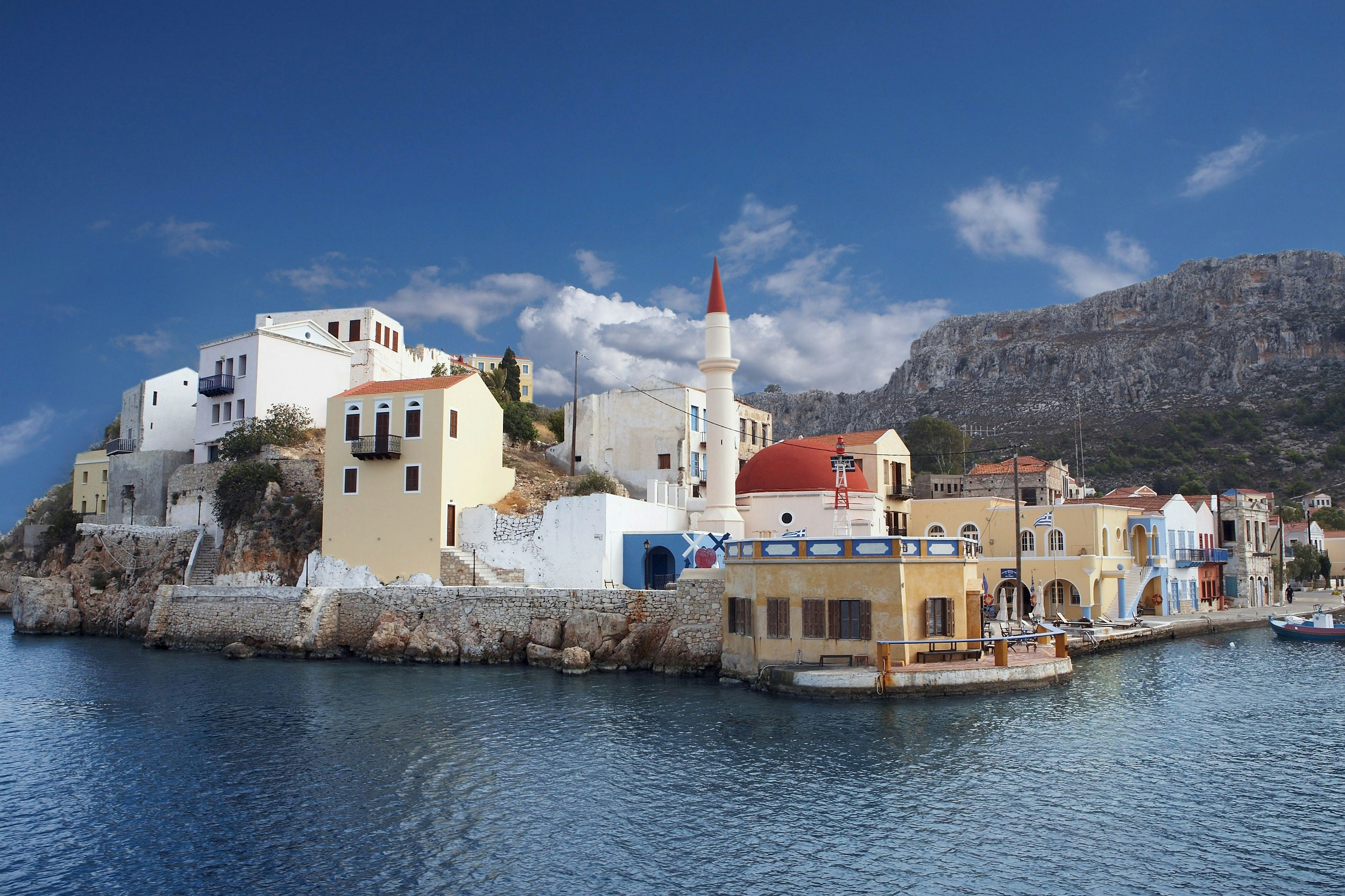
Micro-sized Kastellorizo, just 2km from the Turkish coast, is the antithesis of Rhodes. A tiny strip of harbour known as the kordoni is the main and only village of this compact island, and is lined with traditional pastel-painted neoclassical mansions that house tavernas and cafes. You will do little more than sip on an espresso in the morning, plunge into the waters off a platform (there are no beaches here), unwind the cats that have entwined themselves around your legs, and while away the time watching the world go by. If you can shake yourself out of your relaxed stupor, get the breeze through you hair on a trip to the extraordinary Blue Cave, and hike up to Paleokastro, the island’s ancient capital. Important: connections between the two islands may be limited to several weekly departures, so plan ahead.

Ferry travel between Greek Islands
Greek ferries change their schedules annually and, although the companies may alter, the routes tend to remain the same. The schedules are released around April (prior to Greek Easter) of each year. The most reliable websites include Viva and Greekferries. From there, you can double-check the individual ferry company websites.
You might also like:
Plan your perfect Greek island-hopping adventure
Finding the right Greek Island
The best free things to do in Athens



